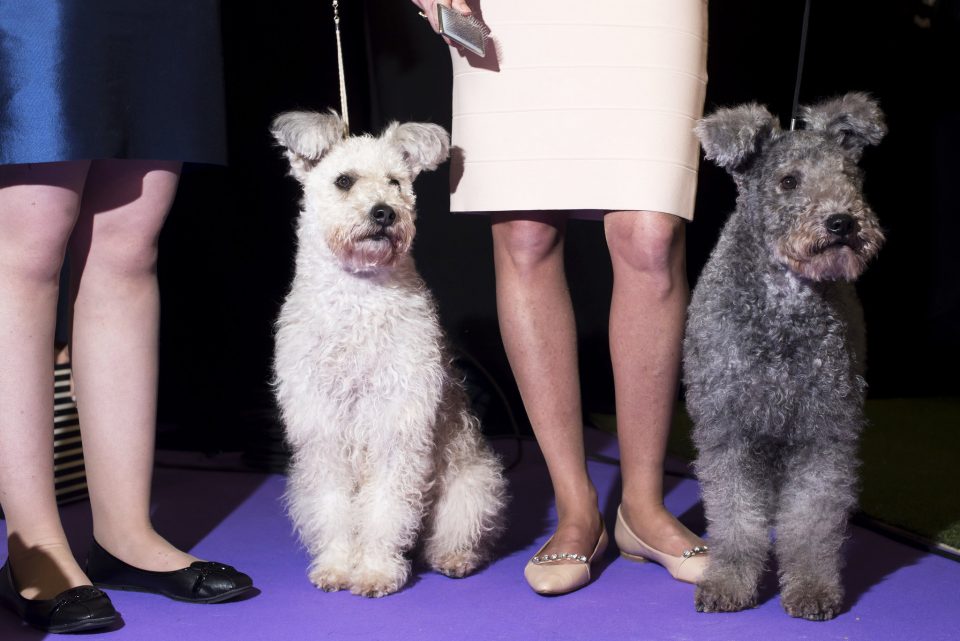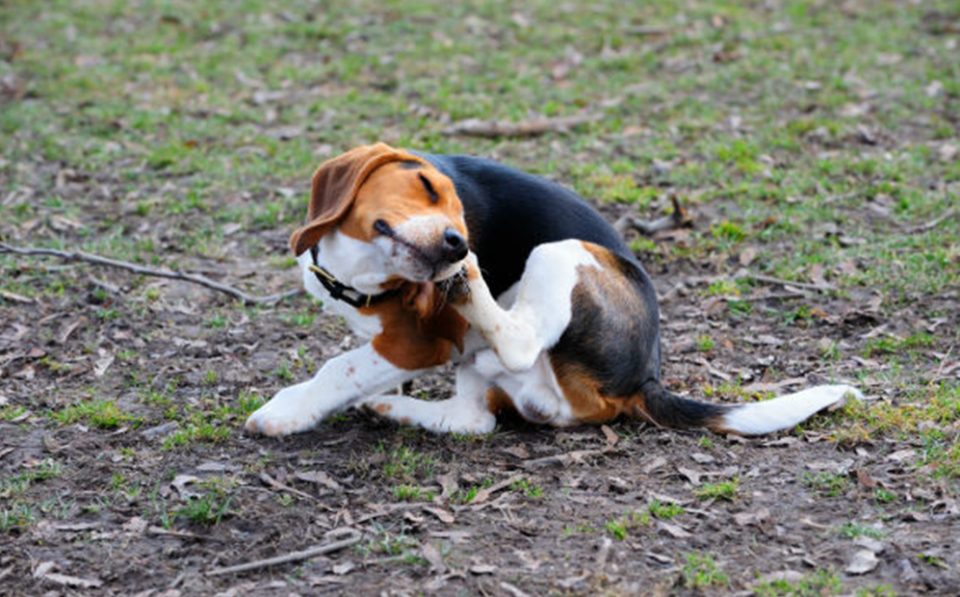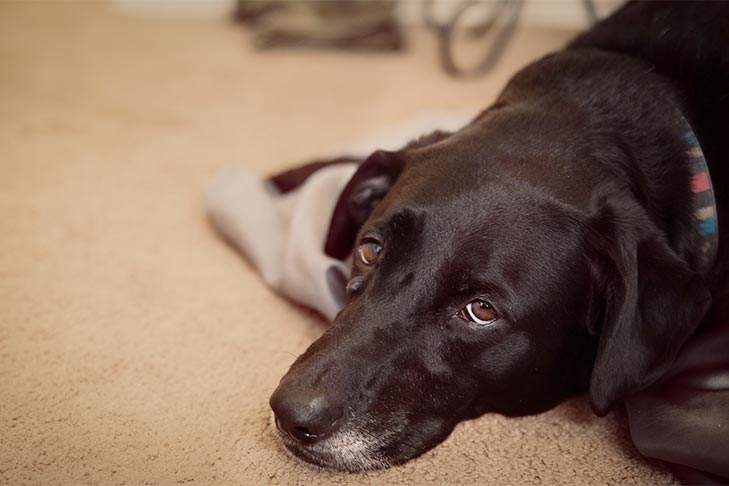6 Tips to Control Dog Shedding

HOW TO HELP YOUR DOG DEAL WITH SEASONAL ALLERGIES
February 5, 2019
A Good Westminster Show Dog? It’ll Cost a Lot More Than Some Kibble
February 5, 20196 Tips to Control Dog Shedding

New Pet Owners • Mary Shaughney • Jan 29, 2019
New Pet Owners • Mary Shaughney • Feb 5, 2019
While it’s healthy for a dog to lose damaged hair by shedding his coat, it can be frustrating for pet owners who feel as though all they do is vacuum up piles of fluff! The frequency and amount of hair that is shed depends on several factors, but dog owners who choose to groom their dog at home can often keep shedding under control.
Choosing A Breed
When choosing a dog, you should consider at-home grooming needs, the allergies of individuals in your household, and the amount of money you’re willing to spend on professional grooming. Different breeds shed at different times and rates throughout the year. There are dogs who shed seasonally in the spring and fall and dogs who shed all year long! A common misconception is that hypoallergenic means that a dog won’t shed or cause an allergic reaction; however, in reality, this term only means that the dog produces less dander.
Owner Allergies
For some people, being in the same room as a dog means itchy eyes and a runny nose. According to the Asthma and Allergy Foundation of America, 3 in 10 people in the United States suffer from cat and dog allergies. While some people can reduce the symptoms of allergies through medication, others may be dangerously affected by shortness of breath or skin reactions, such as hives. Pet hair is not an allergen, but it can collect dander, urine, and saliva- all of which cause allergic reactions.
Getting Shedding Under Control
No one likes tumbleweeds of dog fluff floating across the floor! Luckily, there are a few things that you can do to help keep your dog’s coat under control.
- Choose the correct brush.
Depending on your dog’s coat type, you may need to brush your dog every day or only once a month! There are several types of brushes:
- Bristle Brush – This brush is good for all coat types, but a brush with more widely spaced and longer bristles should be used on dogs with a longer coat. Coarser hair may require stiffer bristles.
- Wire-Pin Brush – This type of brush is good for curly, woolly coats that range in length from medium to long.
- Slicker Brush - Made with fine wire bristles, a slicker brush is useful for removing mats and tangles.
- Combs - Rubber curry combs massage your dog’s skin and help to remove dead hair from short-haired dogs.
- Choose a shedding tool.
Regardless of if your dog sheds seasonally or year-round, choosing a shedding tool that is designed specifically to remove dead hair from your dog’s coat can help reduce the tufts drifting around your home. Shedding tools can come in the form of a brush with closely-spaced, stainless steel tines that work on removing the undercoat or a shedding blade with serrated teeth.
- Feed a healthy diet.
A dog who eats a complete and balanced diet will take in the vitamins and nutrients he needs to keep his hair follicles growing strong and resilient from breakage. Some dogs benefit from feeding a supplement of omega-3 fatty acids to promote healthy hair growth in addition to supporting joint, heart and immune health. Before starting your dog on supplements, speak with your veterinarian to determine if it would benefit your dog.
- Increase water intake.
Knowing how much your dog is drinking can be tricky, but if your dog is shedding more than usual, you may want to keep an eye on the water bowl. The general rule is that a dog should drink an ounce of water per pound of body weight per day. This means that a ten-pound dog needs a little over a cup of clean water. Dehydrated skin is a major cause of hair loss and can increase the amount of loose fur you have to clean up around your home.
- Baths and deshedding treatments.
Bathing your dog not only cleans his coat, but also helps to remove dead hair. Deshedding shampoos and conditioners contain moisturizers and omega fatty acids to hydrate your dog’s skin and fur to create healthier, stronger follicles. These shampoos and conditioners can also help to loosen and remove your dog’s excess undercoat. Bathing your dog regularly and grooming him using brushes or a deshedding tool once he’s dry can significantly combat shedding.
- Visit the vet.
Some medical conditions can cause excess shedding. Parasites, fungal infections, stress or sunburn are some of the more common problems that will cause your dog to have excessive hair loss. Hormonal issues due to a thyroid imbalance can lead to inflamed skin and brittle hair. If your dog suffers from skin allergies, his chronic skin inflammation can result in itchiness. The more your dog scratches, the more hair will be pulled from his coat! Take your pup for a full checkup if he is exhibiting exceptional hair loss or is losing hair in patches.
More Time for Fun
Trying one or more of these options to help minimize your dog’s shedding can save you time and money in the long run. While you’re brushing your dog, you can do an overall health check to locate any new cuts, lumps, dry skin, or parasites that may need to be treated by your veterinarian. Grooming your dog at home not only helps to keep his coat healthy, but also gives you and your pup an opportunity to bond.








